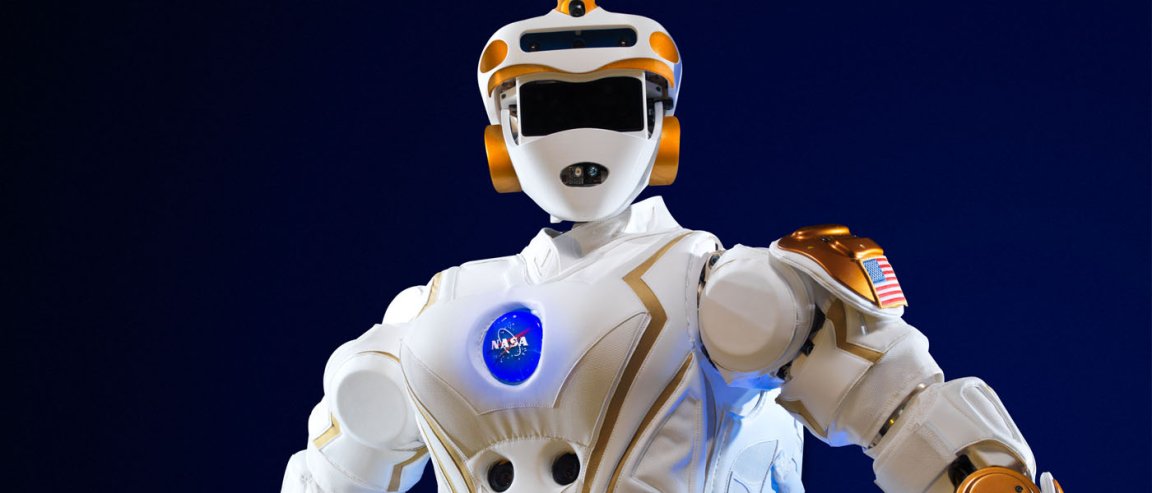
Ride of the Valkyries
Valkyrie, a 136 kg (300 lb) humanoid robot, is being programmed by researchers from MIT’s Computer Science and Artificial Intelligence Laboratory (CSAIL) to autonomously perform various tasks that could ultimately allow it to be used for future space missions.
“The machine is fully electric and is equipped with four body cameras, 28 torque-controlled joints, 44 degrees of freedom, and more than 200 individual sensors, including 38 on each hand (six on each palm, and eight along each of its four fingers),” CSAIL describes on their site.

Space Robot
CSAIL’s goal is see what the machine is capable of. The research team, led by principal investigator Russ Tedrake and professors Leslie Kaelbling and Tomas Lozano-Perez, has received a two-year grant for the project.
“If we can integrate the autonomy work with our planning and control algorithms, it could result in an unprecedented level of autonomous capabilities for a humanoid robot,” Tedrake says.
Along with the CSAIL team, NASA also provided a Valkyrie robot to Northeastern University, which will similarly be programmed to perform multiple tasks that will allow it to function autonomously in space and maybe even replace astronauts.